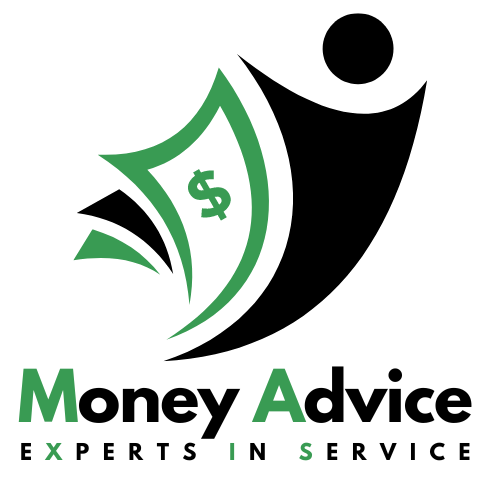Redraw is a term that is commonly used in the context of banking and finance, particularly when it comes to home loans. It refers to a feature that allows borrowers to access any extra repayments they have made on their loan. This can be a valuable tool for homeowners looking to manage their finances more effectively. In this article, we will delve into how redraw works, its benefits, and potential drawbacks.
Understanding Redraw
Redraw works by essentially allowing borrowers to take back any additional funds they have paid into their loan over and above the required minimum repayments. This can be particularly useful for individuals who have made extra payments towards their loan and may need access to those funds for unexpected expenses or investments. Instead of keeping the extra money sitting in the loan account, redraw gives borrowers the flexibility to use it when needed.
How Does Redraw Work?
When a borrower makes additional repayments towards their loan, the funds are typically credited to their loan account. These additional funds then become available for redraw. Borrowers can usually access their redraw funds through various means, such as online banking, phone banking, or by visiting their bank branch.
It’s important to note that there may be limitations on how much can be redrawn at any given time. Some lenders may have a minimum redraw amount, while others may limit the frequency of redraws. Additionally, there may be fees associated with using the redraw facility, so it’s essential for borrowers to familiarize themselves with the terms and conditions of their loan.
The Benefits of Redraw
- Flexibility: Redraw gives borrowers the flexibility to access any extra funds they have paid towards their loan, providing a safety net for unexpected expenses.
- Interest Savings: By making additional repayments towards their loan, borrowers can reduce the amount of interest they pay over the life of the loan.
- Convenience: Redraw is typically easy to use and can be accessed through various channels, making it a convenient option for borrowers.
Potential Drawbacks of Redraw
- Redraw Limits: Some lenders may impose limits on how much can be redrawn or how frequently redraws can be made, which could restrict borrowers’ access to their funds.
- Redraw Fees: There may be fees associated with using the redraw facility, which could eat into any potential savings from making extra repayments.
- Impact on Loan Term: Accessing redraw funds could potentially extend the term of the loan, leading to additional interest costs in the long run.
Conclusion
Overall, redraw can be a valuable feature for borrowers looking to manage their finances more effectively and have access to additional funds when needed. However, it’s essential for borrowers to fully understand how redraw works, including any limitations and fees that may apply. By weighing the benefits and potential drawbacks of redraw, borrowers can make informed decisions about whether this feature is suitable for their financial needs.
Ultimately, redraw can provide added flexibility and convenience for borrowers, but it’s crucial to consider all aspects of the feature before utilizing it.

 Rattle the Market
Rattle the Market Real Estate Secrets
Real Estate Secrets 30 Ways To Pay Off
30 Ways To Pay Off Homeowner’s Code
Homeowner’s Code Turbocharge Wealth
Turbocharge Wealth